From machine learning to bacteriocins to probiotics, novel alternatives are tackling disease in aquaculture
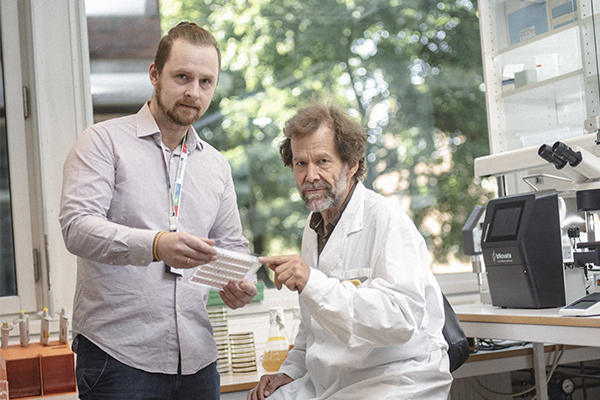
Volatility in fish feed and farm gate prices can certainly strain aquaculture operations, but nothing rivals the economic impact of sudden disease outbreaks.
Aquaculture’s global expansion and intensification have made such outbreaks more common. Shrimp farming is one example. The emergence of Early Mortality Syndrome (EMS) over a decade ago highlighted the need for rigorous disease control and biosecurity measures. As aquaculture grows, farming intensification escalates, amplifying the disease challenge and making effective management an essential aspect of sustainable growth.
For aquaculture, one strategy for tackling disease is the use of antibiotics. However, their overuse has resulted in challenges such as antibiotic resistance – wherein these medications lose their effectiveness over time. This not only threatens aquaculture species but also impacts human health, rendering the most potent antibiotics increasingly ineffective with limited alternatives.
“Resistance occurs as antibiotics exhibit a broad spectrum of inhibition and enact strong pressure on microbes to evade,” Griffin O’Driscoll, CEO and co-founder of biotech firm Organicin Scientific told the Advocate. “This pressure allows bacteria with the resistance gene to proliferate in microbial niches left vulnerable, thereby reducing microbial diversity. This threatens the balanced composition of the microbiome, an essential aspect of animal health and productivity.”
Organicin Scientific uses proprietary machine learning algorithms in the discovery of novel bacteriocins as an antibiotics alternative. Because every bacteria produces a bacteriocin, said O’Driscoll, somewhere in the “invisible” world of microbiology is a bacteriocin that can specifically inhibit a problematic bacterial pathogen. The key is to find it.
“Bacteriocins surpass antibiotics in efficacy and in promoting performance, health and environmental sustainability,” said O’Driscoll. “They’re an ancient family of naturally occurring, target-specific proteins that are routinely employed by bacteria to displace competitors and invade novel environments.”
Organicin Scientific is using bacteriocins to prevent vibrio infection in farmed shrimp, improving the survival of challenged shrimp and addressing diseases like EMS. Incorporating them into feed appears to be the most useful administration method, said O’Driscoll. In fact, Organicin Scientific’s bacteriocin-incorporated feed has improved the survival of shrimp with EMS by nearly 200 percent, as well as maintaining activity after exposure to high heat and pressure. Given the high thermostability of bacteriocins, they can be easily incorporated into feed at the manufacturer level, endure the heat extrusion process and be directly fed to the species, making their adoption straightforward for farmers and minimizing any necessary changes to the rearing process.
“EMS is caused by the introduction of pathogenic Vibrio into the shrimp gut, so delivering the bacteriocin via feed is a reliable prevention strategy,” said O’Driscoll. “It also gives us lots of flexibility for end uses. Whether it’s RAS, pond or offshore cages, feed incorporation ensures that the animal is always consuming bacteriocins.”
‘We’re empowering the fish to fight for itself’
Meanwhile in Norway, biotechnology firm Previwo has developed a probiotic called StembiontTM to optimize health in salmon, increase their resilience through innate immune responses, support basic biological functions and promote growth.
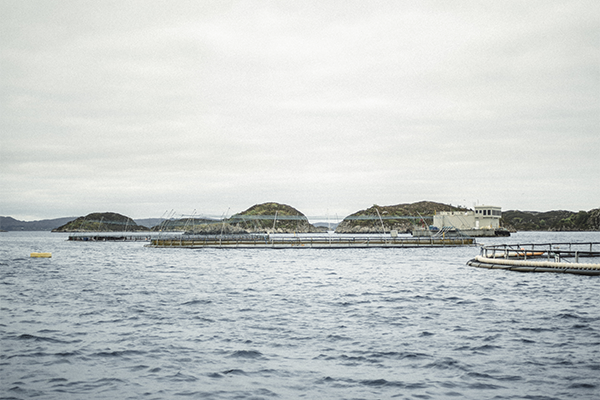
Composed of benign strains of Aliivibrio bacteria that occur naturally in the ocean, Stembiont was developed based on the theory that organisms live in symbiosis with commensal populations of microbes. This community, the microbiome, is responsible for state of health versus disease. In aquatic systems, fish develop and acquire their microbiome throughout their lifetime, with interchanges of bacteria, for example, over the surface of the skin especially important to underpin robust health and train the immune system. Purposely introducing probiotic bacteria before transfer to sea enhances overall health and considerably reduces the risk of bacterial and parasitic infection.
“Stembiont empowers the fish to fight for itself, because introducing beneficial bacteria increases the microbiome’s potential to compete with pathogenic bacteria and build up innate defence mechanisms,” said Kira Salonius, chief executive of Previwo. “The fish are bathed or dipped in the probiotic strains during vaccination and take up the beneficial bacteria via the skin surface and gills. In this way, they characterize their microbiome with the bacteria before they go to sea and fare better against bacterial disease and lice infection.”
In 2019, having found that Stembiont produces more healthy mucus layers on the skin and better skin quality, Salonius and her team wondered if this would impact sea lice attachment. They found that it does – the probiotic impacts the sea lice’s ability to develop egg strings and reduces their hatching success. In addition, farms have reported reduced fish mortality, increased welfare, better growth and quality to harvest. Since commercial registration in 2020, Stembiont has been applied to over 50 million salmon and around three million trout in Norway and is available in the Faroe Islands and Iceland. Previwo is now geographically expanding to Chile, Canada, the UK and the rest of Europe and will be working with newly-discovered probiotic strains as it prepares to launch Stembiont Vital – the next generation of Stembiont – in 2023.
‘It’s a process’
Dr. Melba G. Bondad-Reantaso, team leader of the FAO Fisheries and Aquaculture Division, is the lead author of a review paper on antibiotics use in aquaculture. With worldwide attention on issues like antibiotic resistance and residues, she points to the FAO Action Plan on Antimicrobial Resistance 2021–2025 that supports global efforts to address antibiotic resistance in food and agriculture. With objectives including increasing stakeholder awareness and engagement, strengthening surveillance and research, enabling good practices, promoting responsible use of antibiotics, strengthening governance and allocating resources sustainably towards a concerted One Health approach, Bondad-Reantaso says that “any actor in the value chain can help combat antibiotic resistance through any of these objectives.”
With antibiotics alternatives in focus, could we eventually see less antibiotic resistance? O’Driscoll expects rates of resistance and resistance emergence to move at a more comfortable pace as antibiotics are reached for less. Meanwhile, enhancing the overall health and immunity of aquatic species through proper nutrition and care, and investing in research for disease-resistant breeds, will be beneficial while alternatives are sought out, he added.
Is Chile’s salmon industry turning the corner on antimicrobials?
“We need innovative solutions that offer more than just a sustainability narrative; they need to compete on efficacy,” said O’Driscoll. “Novel alternatives can facilitate this paradigm shift. While regulations can help control antibiotics use and premium labeling for antibiotic-free products can incentivize their reduction, lasting change requires superior alternatives. When these are available, and their benefits are clear, the decision to switch for farmers becomes straightforward.”
“Aquaculture must be forward-thinking and adopt preventive tools when they’re available,” said Salonius. “One thing that will encourage salmon farmers to change their practices is what’s going to affect the growth of salmon farming and there is no doubt that regulators influence this. Farmers recognize what is required and are open to change. But it is a process. You might have something that’s 100 percent aligned with aquaculture’s needs but it will take time to gain traction and acceptance.”
Bondad-Reantaso agrees that aquaculture should continuously explore alternatives.
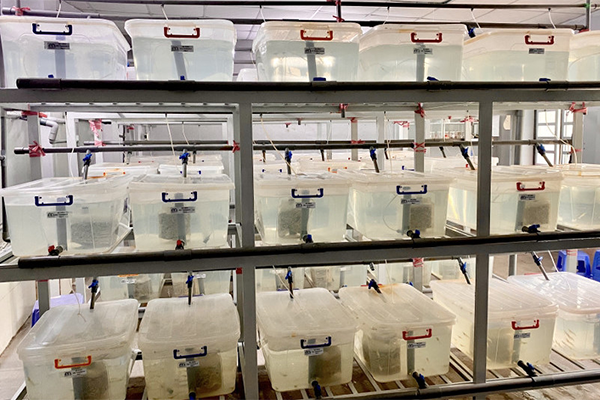
“There are already many, including vaccines, phage therapy, quorum quenching, probiotics, prebiotics, chicken egg yolk antibody (IgY) and plant therapy,” she said. “Meanwhile, specific pathogen free (SPF) stocks are becoming a primary and essential part of biosecurity strategies. These alternatives have great potential; some have proven benefits while others are still in the experimental stage. Of these, vaccines have been widely used against fish infections.”
Nonetheless, Bondad-Reantaso said these alternatives should be “carefully considered” based on factors related to a country’s needs, aquaculture system and species, targeted pathogens, ease of administration, economics (cost-benefit), risks and public perceptions.
“Research funding should therefore be targeted to promote the development of innovative, sustainable alternatives,” she said.
Such alternatives are likely to unlock a new era in animal health and farming, with effects on cost efficiency, species health, productivity and yield enhancement. Therefore, incorporating new tools into an overall health management plan will be highly beneficial.
“Good aquaculture and biosecurity practices, including the prudent, responsible use of antibiotics and their alternatives, underpins the basic actions that may reduce the likelihood of antibiotic resistance,” said Bondad-Reantaso. “Having a biosecurity plan, and being part of a national strategy on aquatic organism health management, can reduce the introduction and spread of infectious agents and their transmission to other areas.”
Now that you've reached the end of the article ...
… please consider supporting GSA’s mission to advance responsible seafood practices through education, advocacy and third-party assurances. The Advocate aims to document the evolution of responsible seafood practices and share the expansive knowledge of our vast network of contributors.
By becoming a Global Seafood Alliance member, you’re ensuring that all of the pre-competitive work we do through member benefits, resources and events can continue. Individual membership costs just $50 a year.
Not a GSA member? Join us.
Author
-

Bonnie Waycott
Correspondent Bonnie Waycott became interested in marine life after learning to snorkel on the Sea of Japan coast near her mother’s hometown. She specializes in aquaculture and fisheries with a particular focus on Japan, and has a keen interest in Tohoku’s aquaculture recovery following the 2011 Great East Japan Earthquake and Tsunami.
Tagged With
Related Posts
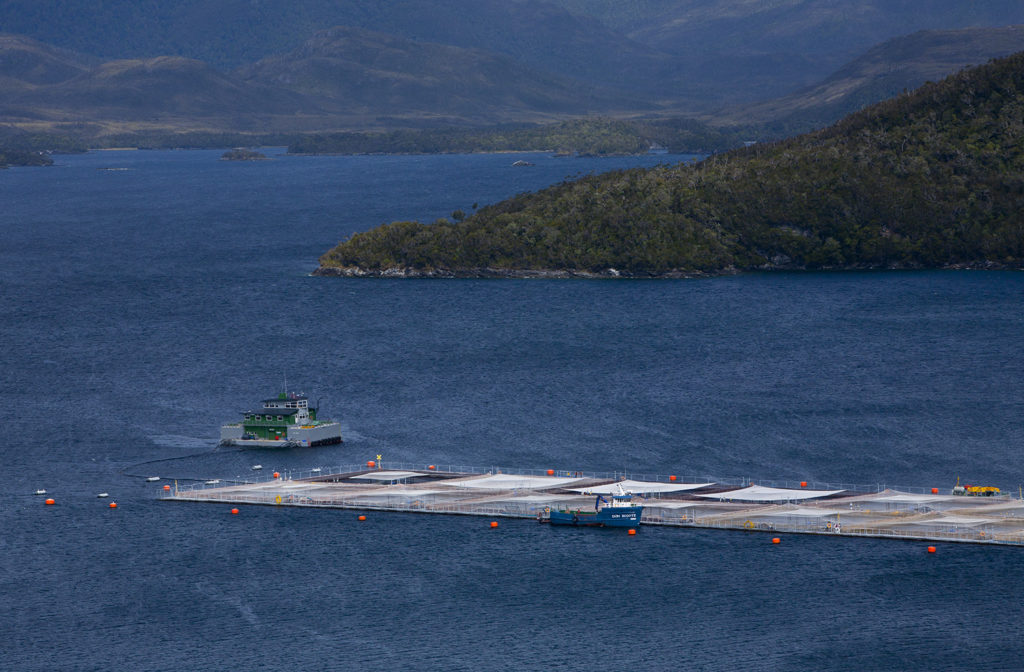
Health & Welfare
Gotta halve it: Inside the Chilean salmon industry’s efforts to slash antibiotic usage
Innovations in broodstock, farm and production management could cut antibiotic usage by Chile’s salmon farming industry by 50 percent in five years.
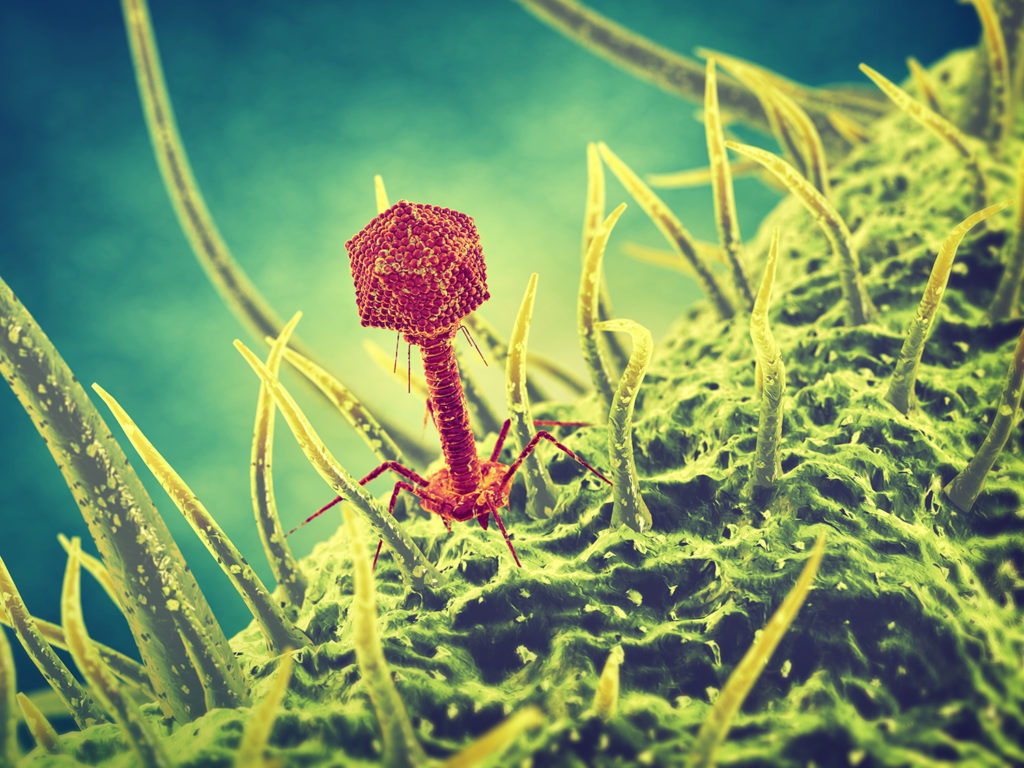
Health & Welfare
Biotech-feed giant partnership to explore bacteriophage potential
Fish health and welfare in aquaculture could soon be assisted by the most abundant organism on the planet, if a new partnership nets its intended result.
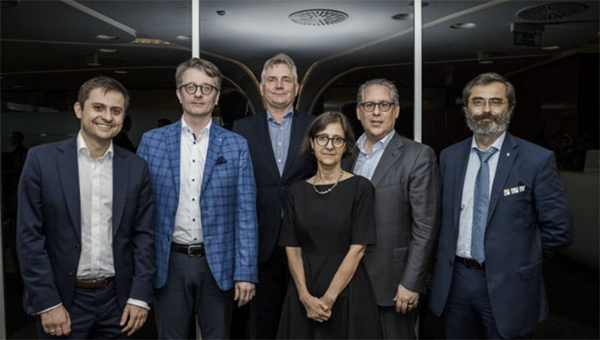
Innovation & Investment
Proteon Pharmaceuticals poised to grow its bacteriophage products for aquaculture
Bacteriophage producer nets €21 million to accelerate the commercialization of its products, which aim to reduce antibiotic usage in aquaculture.
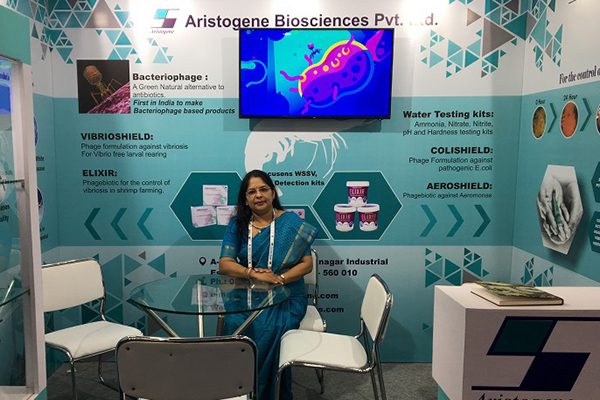
Innovation & Investment
‘Choices are limited when searching for alternatives to antibiotics’: How one veterinarian is employing bacteriophages to fight Vibriosis in shrimp farming
GOAL 2022: Bacteriophages can overcome antibiotics in aquaculture's fight against Vibriosis in shrimp farming, and Dr. C.R. Subhashini is leading that fight.


